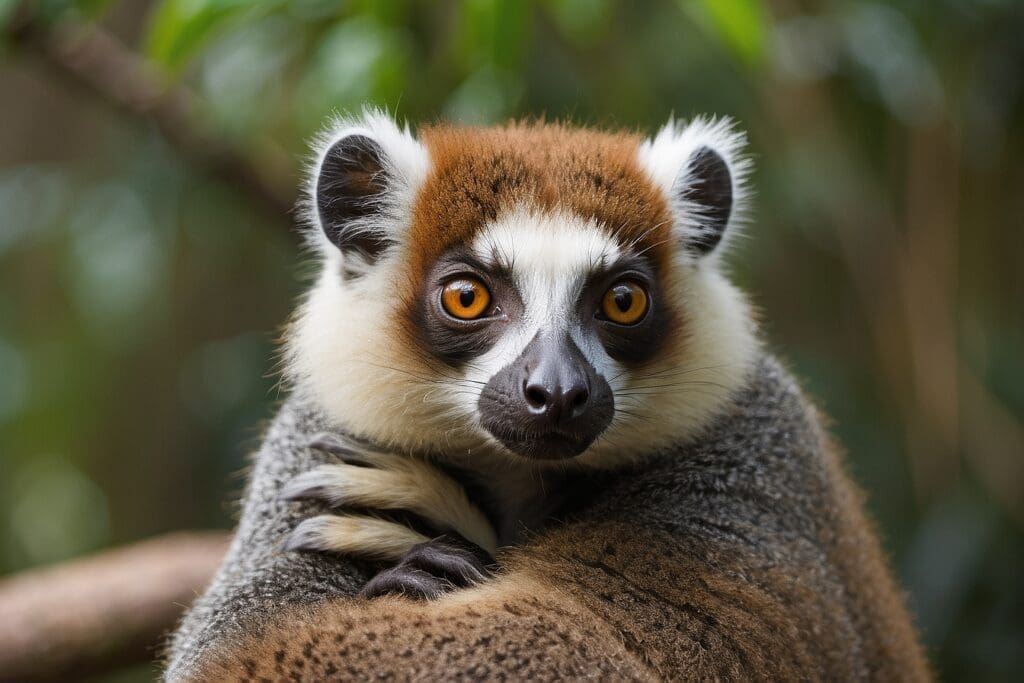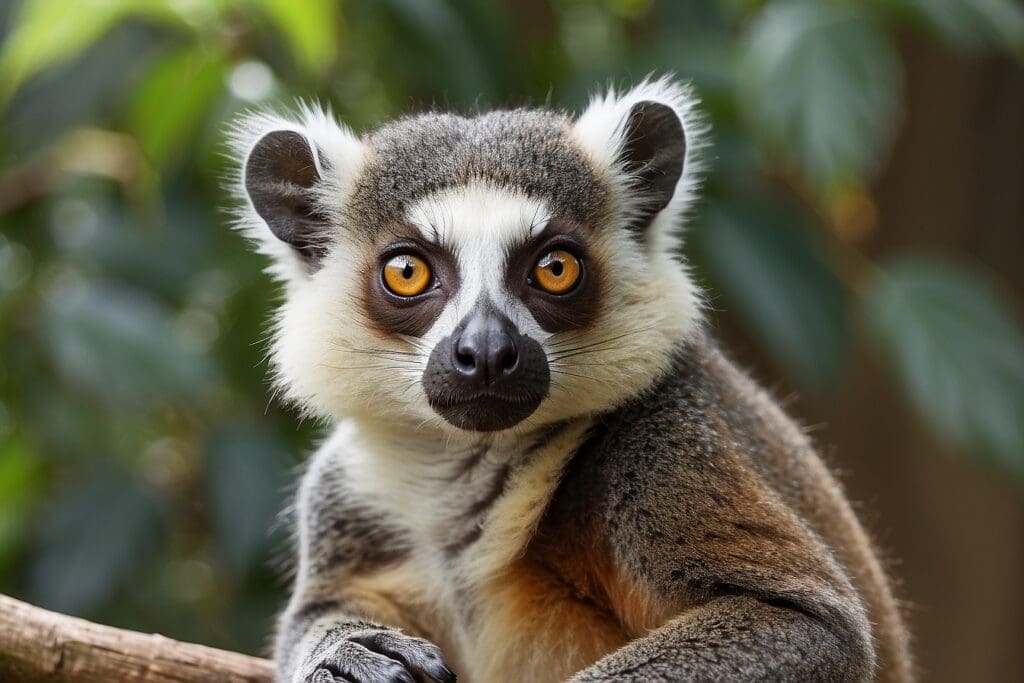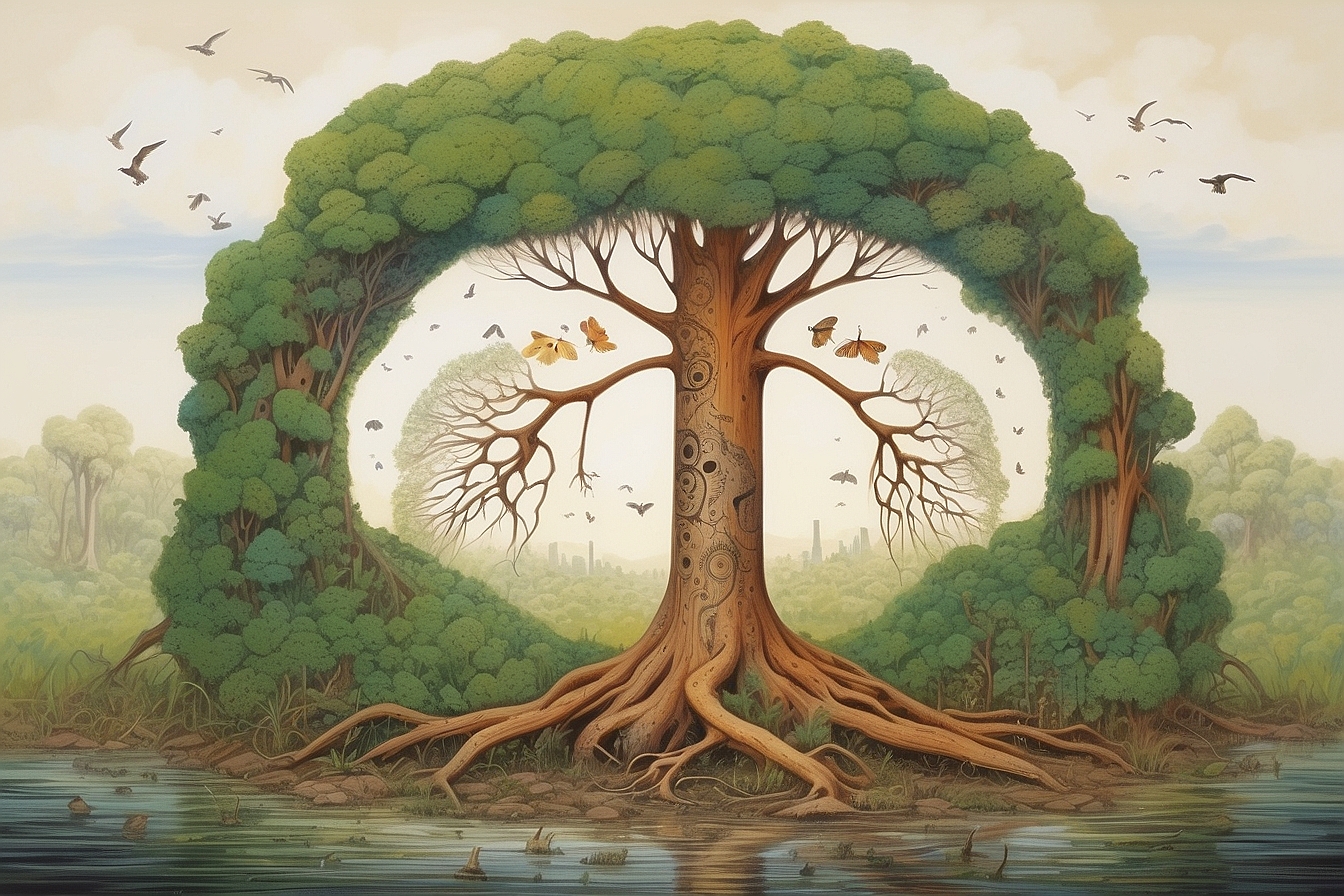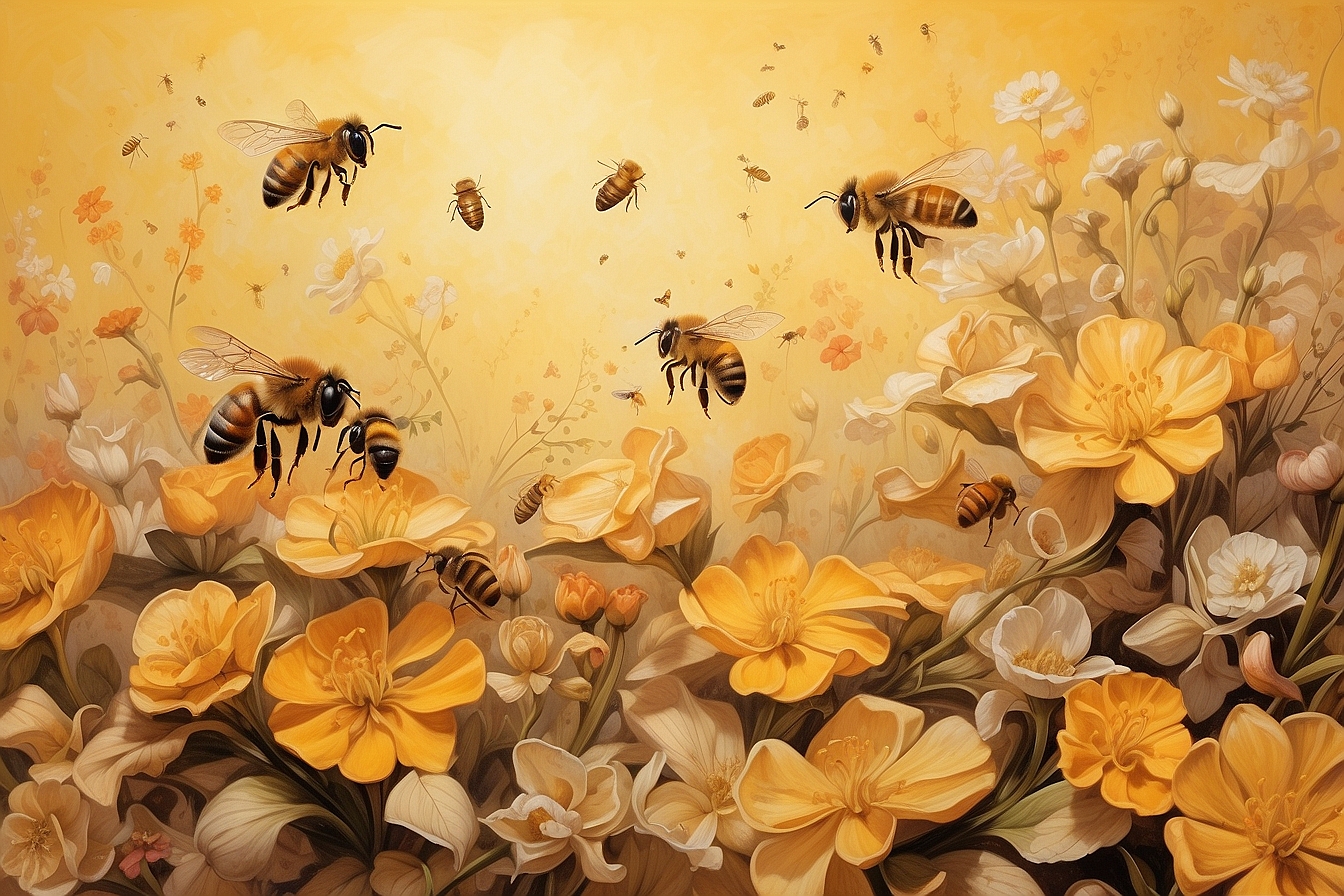On January 8th, 2010, the TERRA podcast revealed a two part program titled “Angels of the Forest: Silky Sifaka Lemurs of Madagascar.” Produced by Sharon Pieczenik and Erik Patel, the program discusses his efforts to conserve the unique Silky sifaka Lemurs in Madagascar. The program notes that about 98% of land animals in Madagascar are endemic species, meaning that they are only found in Madagascar. This is a main reason why these conservationists found it so important to work to conserve these precious and beautiful creatures.

Eric Patal, a PhD Candidate in biological psychology from Cornell University, started his journey in 2001 in Madagascar’s Morojejy National Park. Eric and his research group wandered around the forest chasing after the white furry Silky Sifaka Lemurs who danced from tree to tree. Over the next six years, Patel voyaged over to the Madagascar once a year. He studied the silky sifaka’s behavior, and how they communicated using sounds and set markings.
However, over years of spending a good amount of time in Madagascar, Eric Petal found that he was invested in the lemurs for other reasons besides research purposes. These animals became his life. Petal learned about the importance of the animals’ conservation from a local conservationist, Rabary Desire. Desire is a man dedicated to his land; with the little money he makes, he spends his savings on buying land to make a nature reserve and teaching the locals about conservation. His knowledge of the land, nature and animals helped Petal gather more knowledge about the enchanting silky sifakas.
A typical day for a silky sifaka starts out around 5:30 am. The primemates snack on leaves, flowers and other leafy materials throughout the day. They usually travel through the forest, hopping from tree to tree. By midday, the lemurs nap and groom each other as a social activity. At nightfall the silky sifaka snuggles up on a tree and sleeps through the night.
The troublesome thing about these animals when it comes to conservation is that they can only reside in areas that have not been touched or developed by humans. Thus, it is extremely important that local conservationists like Barary Desire and foreign scientists like Erik Petal are involved in keeping the silky sifakas at a high enough population. Up until January of 2009, the only way to see a silky sifaka was to go on an eco-tour with a conservationist of the national park. Now that a civil war has broken out in the country, the land is free for developers and loggers, which puts the silky sifakas in more danger. In Madagascar, up to 80 % of forests have been destroyed by humans.
If the silky sifaka becomes extinct in Madagascar, it becomes extinct to the world. Producers of this program, Sharon Pieczenik and Eric Petal, help promote the need for conservation across the world, while directly helping the small population of Silky Sifaka Lemurs in Madagascar.
Another integral role in preserving this species is Babary Desire and other local conservationists. While they constantly teach the locals about the importance of conserving nature, they gain a bigger population of conservationists. This is integral in a land that is infiltrated with corrupt logging and developing companies. One can see the beauty of this documentary when you watch these lemurs for the first time; you become as enchanted with them as the researcher did when they first saw them. It is an image that helps one understand the need for conservationists in a society filled with deforestation and habitat destruction.
To see the documentary on the Silky Sifaka Lemur of Madagascar, visit: http://www.lifeonterra.com/episode.php?id=217
For more information and updates on the Silky Sifaka Lemur of Madagascar, visit: www.Marojejy.com





